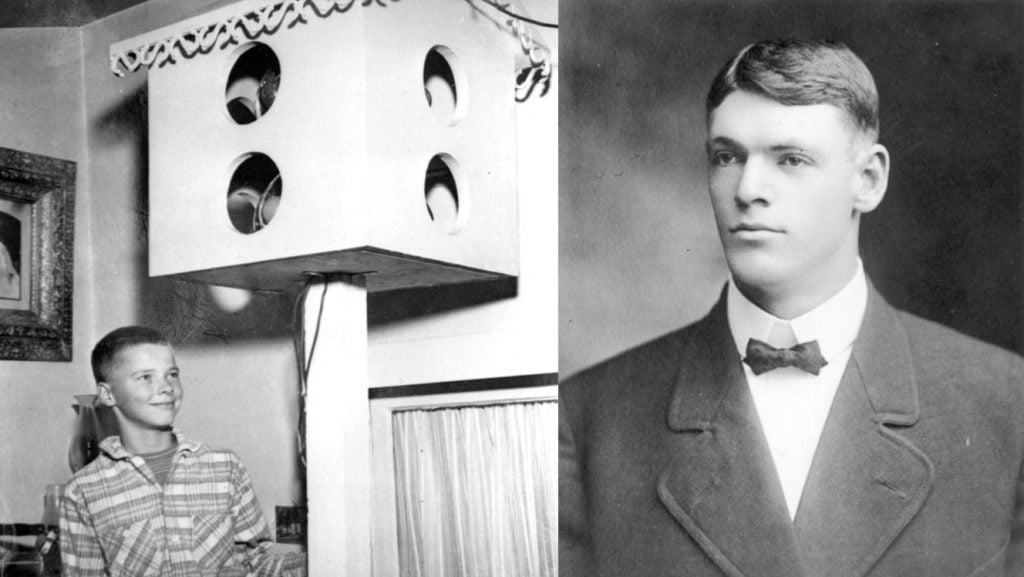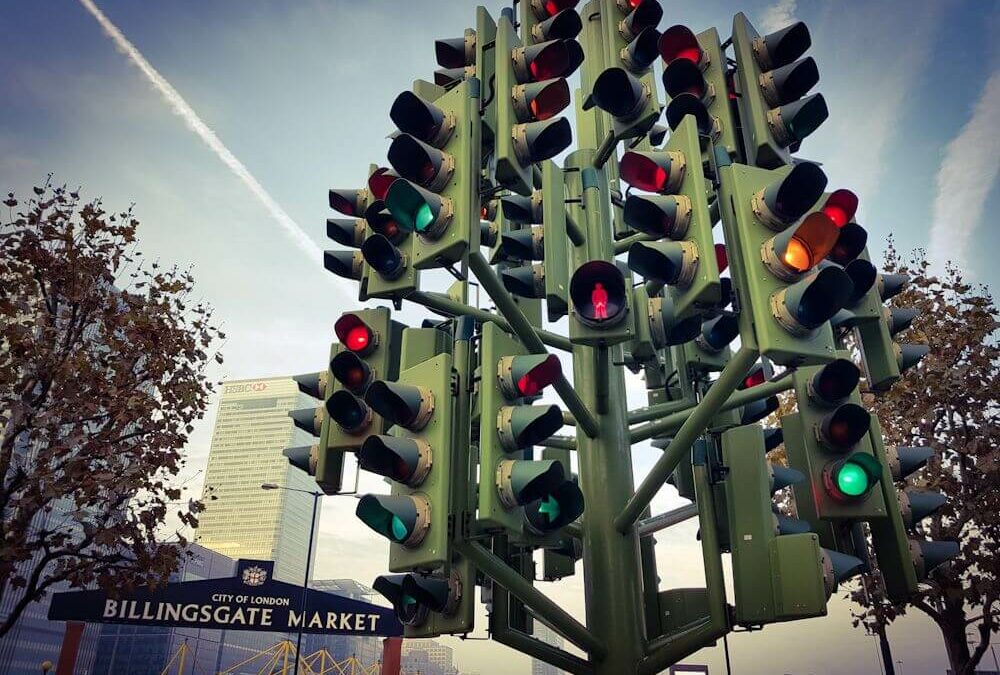Have you ever had a sudden stroke of curiosity while you were out and about? Is there a God out there? What is the true meaning of consciousness? Why are the traffic lights red, green, and yellow? While we can’t give you answers to the first two, the “lights” one has quite a fascinating history.
1. Early Traffic Signals
Before the adoption of electric traffic signals, there was a lack of standardized traffic control systems. Various methods were used in different places to manage traffic at intersections. For example, some places used police officers stationed at intersections to manually direct traffic. As you can imagine, this was often inefficient and prone to human error.

2. The Red-Green Gaslight (1868)
The first known attempt at a traffic signal system was introduced in London by John Peake Knight in 1868. It was called the “Semaphore” and used red and green gaslights, along with mechanical arms, to signal “stop” and “go.” However, this system had many limitations and was ultimately swapped out for electric lights.

3. Electric Traffic Signals (Early 20th Century)
The transition to electric traffic signals was a huge upgrade for traffic control. Lester Wire, a policeman in Salt Lake City, installed the first electric traffic signal in 1912. It used red and green lights but lacked the yellow warning light. These early electric signals were manually operated by officers who would switch the lights to control traffic. There was still no automation, but we’re getting there.

4. Adding the Yellow Light
The need for a warning phase became evident as accidents occurred due to abrupt transitions from green to red lights. In 1920, William Potts, a Detroit police officer, added a yellow light to the existing red-green system. This innovation gave drivers a clear signal to slow down and prepare to stop when the light changed from green to red, significantly improving safety at intersections.

5. Why These Specific Colors?
You may not believe it, but the reason why red is the color used to signify danger is because of physics. You see, colors are just light of different wavelengths that our eyes can perceive. The light spectrum that humans can see goes from violet, which has the shortest wavelength, to red – the longest wavelength. The longer the length, the farther the light will travel from the source, meaning you can see red light from further away. Heck yeah, science!

